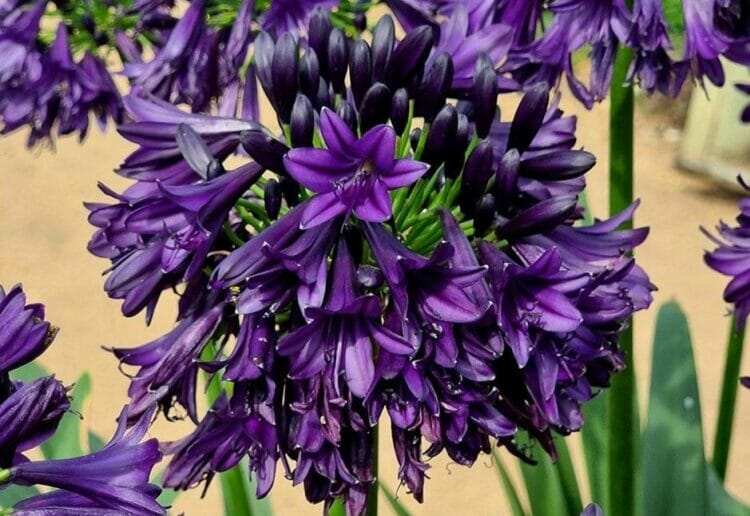August is usually one of the hottest months of the year – making watering essential.
Try to use grey water wherever possible, especially as water butts may be running low if it has been a dry summer.
It’s also traditionally holiday time, so you might need to enlist the help of friends and family to look after the garden while you are away.
Make sure, before you go, you either arrange to have your containers and baskets watered, or set up a system that can supply water on a regular basis.
Move any baskets and containers out of full sun to a position where they are shaded at the height of the day.
Stand terracotta pots on gravel trays topped up with water, so the pots can gradually absorb the reservoir of liquid or alternatively make a few holes in the lid of a plastic water bottle, cut off the bottom of the bottle, turn upside down into the plant compost and then fill with water, which slowly drips into the soil.
If you have a drought-tolerant garden though, it will require minimal watering. Drought-tolerant gardens are the biggest trend in the world of horticulture as British summers are expected to become hotter and drier in the future.
They require little watering and have well-mulched soil that retains as much moisture as possible.
Traditional lawns can be replaced with alternatives, such as wildflower meadows, and beds feature plants able to cope with extreme conditions, often with silvery or grey foliage that reflects rather than absorbs the sun’s rays.
So, thrifty tip for the month is … make sure your garden survives the long hot summers ahead by planting and investing in drought-resistant plants which will also save on your water bill.
By swapping some of the more water-hungry species for drought-resistant choices you can create a garden that looks its very best with far less time, cost and effort.
A great herbaceous perennial that can cope with a summer drought, but also handle some of the wettest, chilliest British winters is the agapanthus.
Despite its
lush, strappy foliage and glamorous, nodding heads of lily-like flowers, it can cope with some pretty extreme droughts, once established. One of the most reliable is Arctic Star, bred in the UK, which gets to almost 1m tall with its ice-white flowers on plants that are super hardy.
Flower of Love has intense blue flowers and deeper coloured buds and is also one of the most hardiest varieties, whilst ‘Golden Drop’ has pale blue flowers and variegated leaves.
Easy to grow agapanthus are planted in April/May and flower from June to September.
When planted in the ground they tend to grow well and develop into fat clumps of foliage, whereas container-grown agapanthus tend to develop less leaves.
Lavender is another drought resistant favourite – brimming with blooms and bees it’s a fragrant delight in the summer. Now that the flowers are fading fast and losing their decorative value, the Royal Horticultural Society (RHS) recommends giving your lavender a trim to keep it shapely and compact.
Cut off all the flowers and the first 2-3cm of leaves below them.
You can use shears or secateurs. The pruning will stop the shrub from getting bigger and developing bare, woody old stems and will encourage it to make dense new shoots.
Plus, you can keep the flower stems, dry them and use the flowers for lavender bags.
Other jobs on the RHS Gardener’s Checklist for August include…
-
Hoe weeds
-
Cut back hardy geraniums
-
Take cuttings
-
Stop deadheading roses to let hips form – valuable winter food for birds
-
Continue deadheading other flowering plants
-
Collect seeds from garden plants
-
Water containers and young plants
-
Keep ponds and water features topped up
























